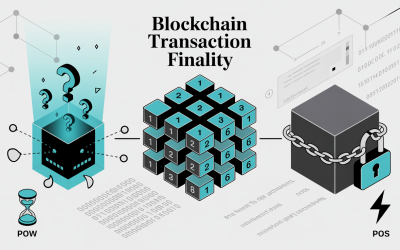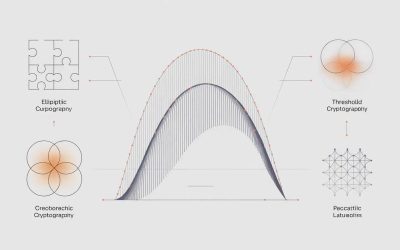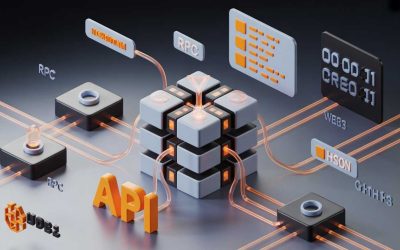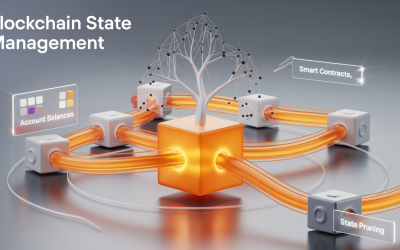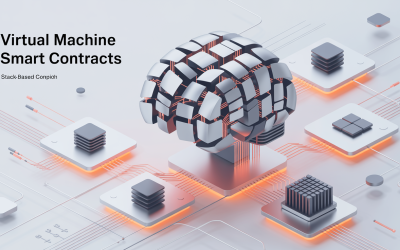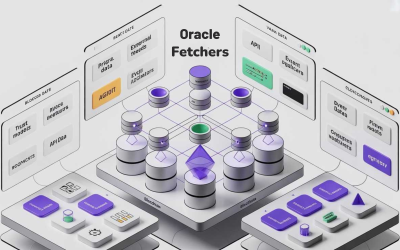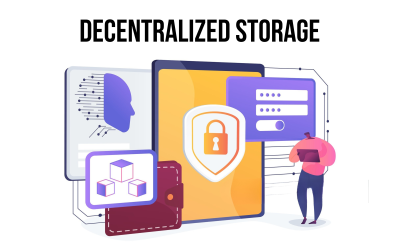Blockchain transaction finality represents the point at which a transaction becomes irreversible and permanently recorded on the ledger. Understanding this concept is crucial for anyone working with cryptocurrencies or distributed ledger technology. Moreover,...
How Token Burns Create Scarcity and Boost Crypto Prices
Token burns have become a fundamental mechanism in cryptocurrency economics. Furthermore, understanding how token burns create scarcity helps investors make informed decisions. Additionally, this deflationary strategy significantly impacts market dynamics and price...
Blockchain Performance: Optimization and Monitoring
Blockchain performance has become a critical factor in determining the success and adoption of distributed ledger technologies. As enterprises and developers increasingly rely on blockchain networks for mission-critical applications, understanding how to optimize and...
Cryptographic Primitives: Advanced Encryption Techniques
Modern digital security relies on sophisticated cryptographic primitives that form the backbone of secure communication systems. These mathematical foundations enable organizations to protect sensitive data while facilitating complex operations across distributed...
Blockchain APIs and Interfaces: Interacting with Networks
Blockchain technology has revolutionized digital interactions. However, accessing and communicating with blockchain networks requires specialized tools and interfaces. Consequently, developers need robust APIs and interfaces to build applications that interact...
State Management: Tracking Blockchain World State
Blockchain State management represents the backbone of every blockchain network, ensuring accurate tracking of all account balances, smart contract data, and network information. Furthermore, understanding how blockchains maintain their world state becomes crucial for...
Virtual Machines: Executing Smart Contract Code
The foundation of blockchain technology is virtual machines, which allow smart contract code to be executed securely and deterministically over dispersed networks. These advanced solutions also serve as a link between blockchain infrastructure and high-level...
Oracle Systems: Connecting Blockchain to External Data
Oracle systems serve as essential bridges between blockchain networks and real-world data. Furthermore, these critical infrastructure components enable smart contracts to access external information securely. Consequently, understanding oracle systems becomes vital...
Decentralized Storage: Distributed File Systems on Blockchain
Traditional cloud storage systems rely on centralized servers controlled by single entities. However, decentralized storage represents a revolutionary approach that distributes data across multiple nodes in a network. Furthermore, this technology combines blockchain...

